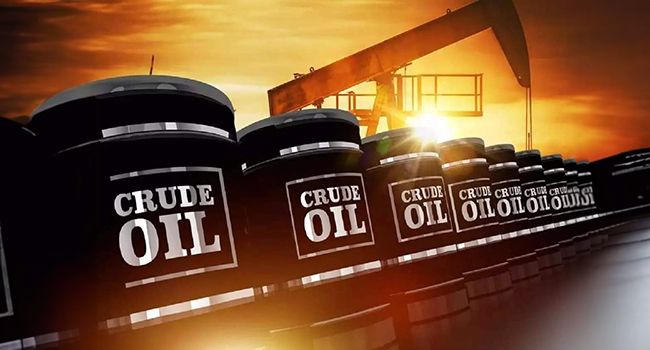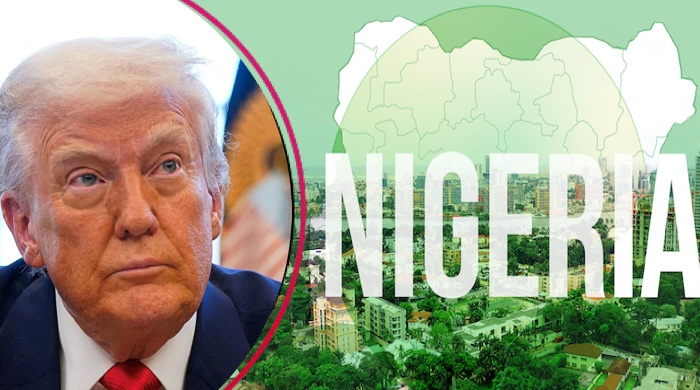
Nigeria’s key crude oil blends closed above the $71 per barrel threshold mid-week, bucking a broader downward trend in global oil markets ahead of a crucial OPEC+ meeting this weekend.
At the close of trading on Wednesday, Bonny Light and Brass River each settled at $71.4 per barrel, maintaining a relative edge despite growing market volatility. However, international benchmarks declined sharply on Thursday, as traders priced in the possibility of higher global output.
Brent crude dropped 1% to $67 per barrel, while U.S. West Texas Intermediate (WTI) also fell 1%, trading at $63.4 per barrel.
Oil Markets Brace for Output Hike
The latest downturn in prices comes as OPEC+, the alliance of major oil-producing nations, prepares to meet on Sunday to discuss a potential increase in production quotas. Eight member states are expected to weigh in on further hikes, building on recent moves to raise the United Arab Emirates’ output limit by 300,000 barrels per day and a broader agreement to expand collective supply by 2.2 million barrels per day between April and September.
While markets have so far absorbed the increased supply without major shocks, analysts caution that the real test will come during the winter season, when slower demand and inventory build-ups could drive prices even lower.
Middle East crude prices have remained resilient, even with accelerated production, helping to bolster confidence among key players like Saudi Arabia. According to Haitong Securities, the strong regional performance has emboldened OPEC+ members to consider further output increases.
U.S. Inventories Add to Downward Pressure
Adding to bearish sentiment, preliminary data from the American Petroleum Institute showed a surprise build in U.S. crude inventories up by 622,000 barrels in the final week of August. This contradicts earlier expectations of a 2-million-barrel draw. Official figures from the U.S. Energy Department are due later Thursday.
Should U.S. inventories continue rising alongside OPEC+ output, analysts warn that Brent crude could face a further retreat toward the low $60 range in the weeks ahead.
Nigeria’s Oil Sector Sees Stability Amid Global Uncertainty
Despite global pricing pressures, President Bola Tinubu has expressed confidence in Nigeria’s fiscal resilience, citing robust non-oil revenues and improved crude oil production security.
In a recent address, Tinubu announced that Nigeria met its 2025 revenue target in August, attributing the milestone to strong non-oil exports and improved revenue collection.
“I can stand here and boast that Nigeria is not borrowing,” Tinubu said. “We achieved our annual revenue goal last month. We are stable, so let Trump do his worst.”
The president also credited joint efforts between intelligence and security agencies for restoring integrity to Nigeria’s pipeline infrastructure. According to NNPC Limited, pipeline losses that once saw only 30% of transported crude reaching export terminals have now been nearly eradicated. This development has restored billions in revenue and revived investor confidence.
Production Forecasts Point to Recovery
Nigeria’s oil regulator forecasts a strong rebound in national production, projecting output could exceed 2.5 million barrels per day in 2026, a level not seen since 2005. If achieved, this would mark a significant turnaround for Africa’s largest oil producer after years of underperformance and pipeline disruptions.
In another strategic shift, Nigeria has emerged as a key oil supplier to India, following pressure from the Trump administration for New Delhi to reduce its imports of Russian crude. Monthly Nigerian exports are now expected to exceed 2 million barrels, further solidifying its role as a crucial energy partner for Asia’s third-largest economy.



